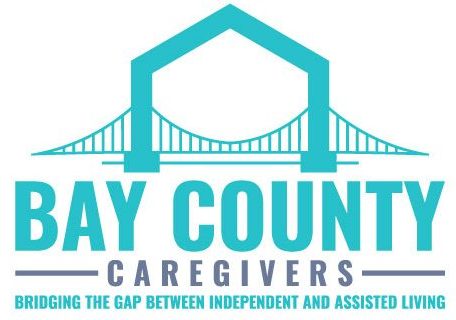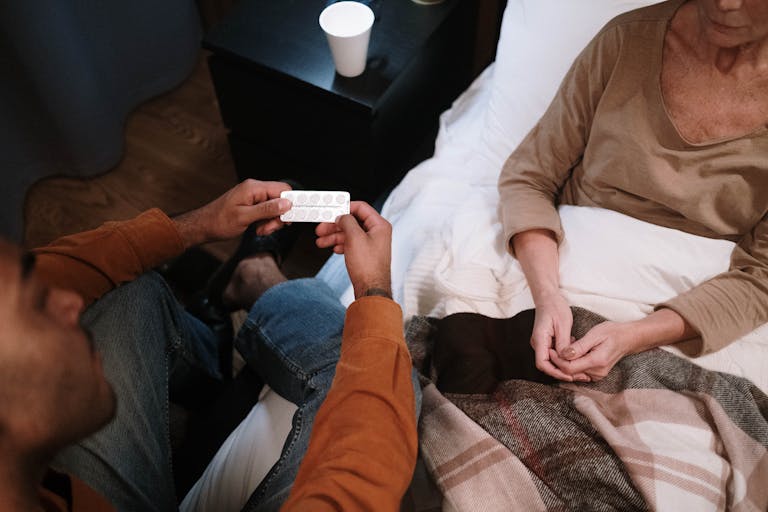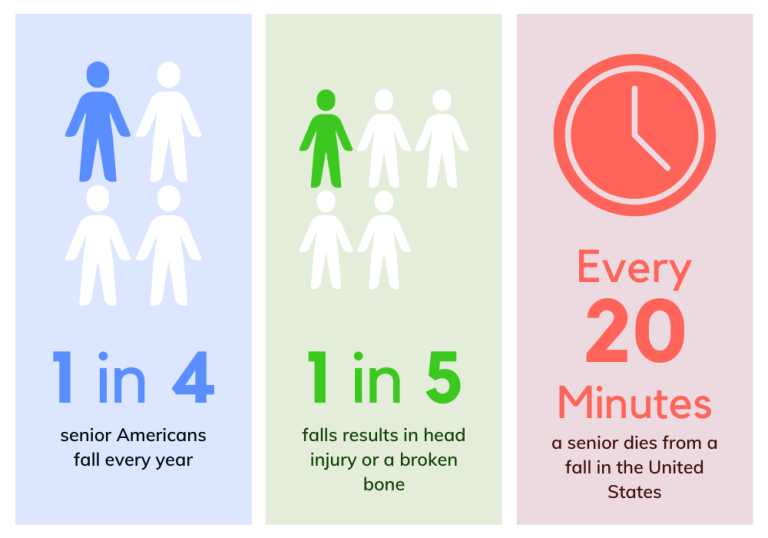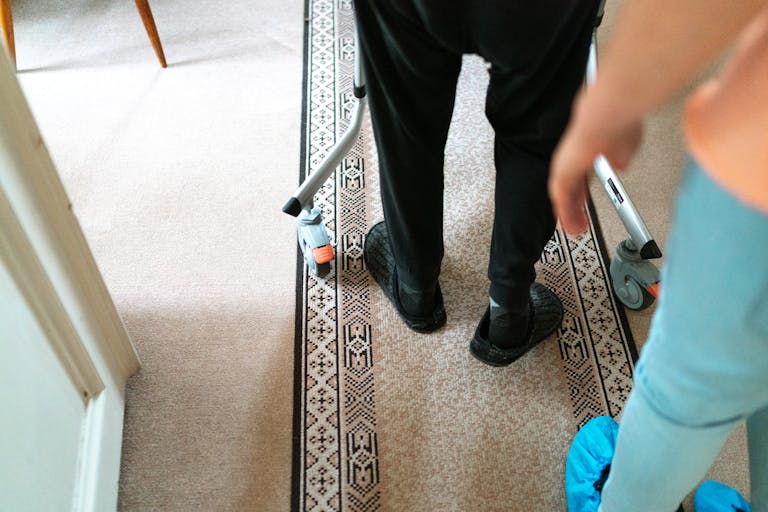How In-Home Care Improves Quality of Life — Without Taking Away Independence
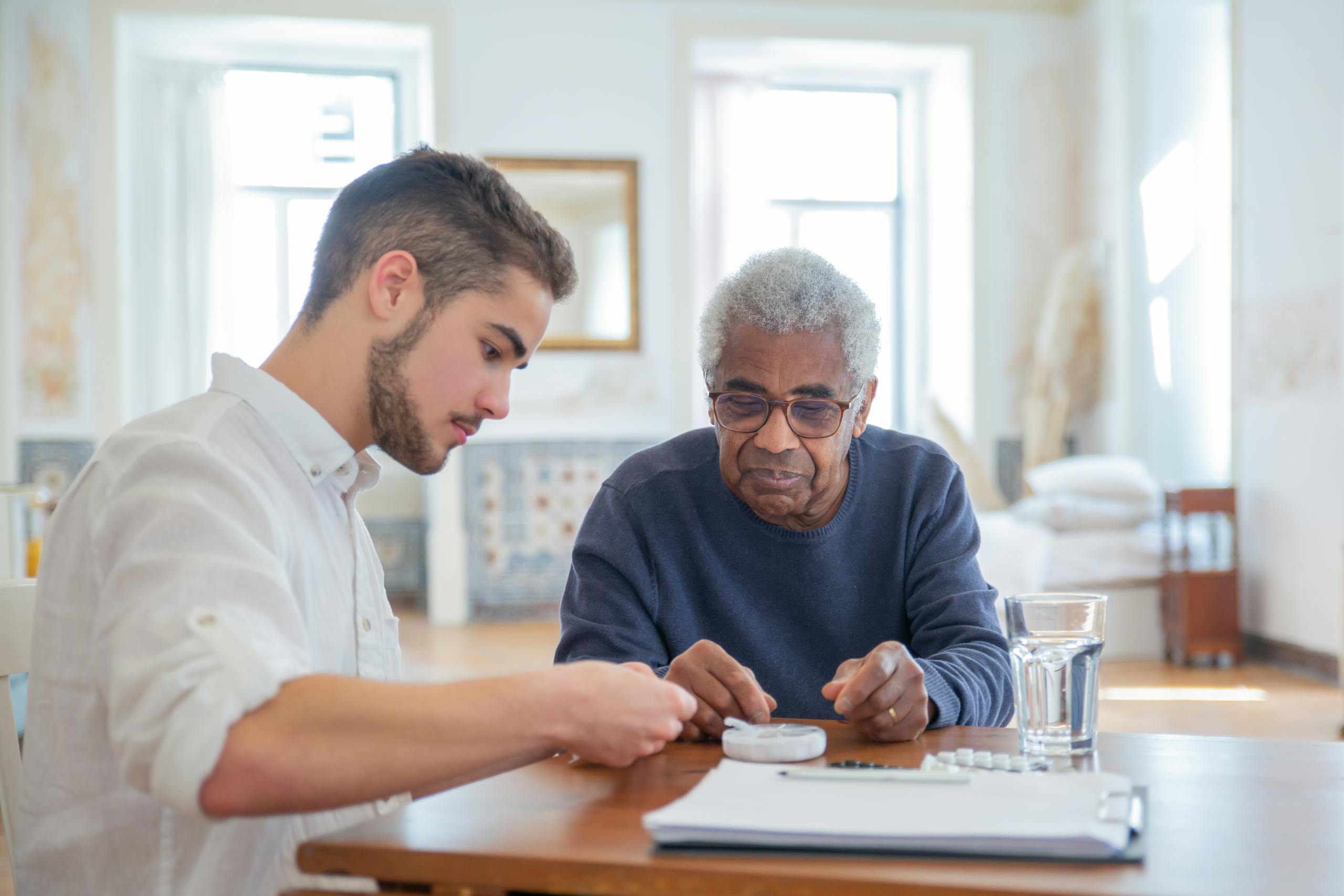
One of the most common concerns we hear from families and older adults is this: “I don’t want someone coming in and taking over my life.”
It’s a valid worry. After a lifetime of making their own decisions, many seniors fear that bringing in help means giving up control, losing privacy, or becoming dependent on someone else. But here’s the truth: when done right, in-home care does the opposite.
Rather than taking away independence, in-home care empowers older adults to live more safely, comfortably, and confidently in the place they love most—their own home.
In this post, we’ll explore how professional caregiving supports independence while dramatically improving overall quality of life.
What Does “Independence” Really Mean in Older Age?
Independence isn’t about doing everything alone. It’s about having the freedom to make your own choices and live your life on your own terms.
That might look like:
- Choosing what time to wake up and go to bed
- Preparing meals you enjoy
- Attending church, bingo night, or community events
- Maintaining hobbies and routines
- Staying in the home you’ve built a life in
But independence can start to feel out of reach when physical or cognitive changes make daily tasks difficult or even unsafe. That’s where in-home care steps in—not to take over, but to help bridge the gap.
1. Caregivers Support, Not Control
The biggest misconception about caregivers is that they come in and “do everything for you.”
In reality, the best caregivers are trained to encourage clients to do as much as they can, while only assisting where it’s truly needed. This helps maintain skills, boost confidence, and preserve dignity.
For example:
- A caregiver might assist with dressing by laying out clothes but allowing the client to dress themselves.
- They might prepare ingredients for a meal but allow the client to do the stirring or seasoning.
- For mobility, they may offer a steadying arm rather than using a wheelchair prematurely.
This respectful balance preserves autonomy while ensuring safety.
2. Maintaining Routines and Personal Preferences
Unlike facilities that operate on set schedules, in-home care is flexible and personalized. Seniors don’t have to give up the routines they love.
Clients can:
- Eat meals when and how they want
- Wake up and go to bed on their own schedule
- Choose caregivers that match their personality and preferences
- Engage in hobbies like gardening, knitting, or puzzles with help nearby if needed
In-home care adapts to their lifestyle—not the other way around.
3. A Safer Home = A Longer Life at Home
Many older adults are forced to leave their homes not because they want to, but because they have no safe way to live there anymore.
In-home care addresses this by:
- Preventing falls with assistance and home safety assessments
- Managing medication routines to avoid missed or double doses
- Helping with mobility around stairs, bathrooms, and bedrooms
- Providing transportation to doctors, stores, and social events
When daily risks are reduced, clients can remain in their homes longer and with fewer medical emergencies.
4. Social Connection Without Isolation
Living independently shouldn’t mean living alone. Loneliness is a major health risk among older adults, leading to:
- Depression
- Cognitive decline
- Weakened immune systems
A caregiver often becomes a trusted companion who:
- Listens to stories and engages in meaningful conversation
- Accompanies clients to social outings or appointments
- Encourages participation in clubs, hobbies, or faith-based activities
This emotional connection is just as vital as the physical assistance.
5. Family Can Breathe Easier
Sometimes it’s not the client who resists help—it’s the family. Adult children may feel obligated to do everything themselves, fearing that outside help means they’re letting their parent down.
But here’s the reality: family caregivers often face burnout, chronic stress, and strained relationships.
In-home care gives families:
- Peace of mind knowing their loved one is safe
- More quality time together, instead of just task-based visits
- Relief from being “on call” 24/7
This balance allows everyone to maintain their roles as loving family members rather than full-time caregivers.
What Does In-Home Care Look Like Day-to-Day?
Every situation is unique, but here are a few examples of how a typical day might go with in-home support:
Example 1: Mild Support (2-3 visits/week)
- Light housekeeping
- Medication reminders
- Grocery shopping and meal prep
- Friendly conversation and companionship
Example 2: Daily Support (Full-time help)
- Bathing and dressing assistance
- Meal preparation and feeding
- Mobility assistance and fall prevention
- Help with toileting or incontinence
Example 3: Cognitive Support (Alzheimer’s or Dementia Care)
- Structured routines to reduce confusion
- Redirection during anxiety or agitation
- Personal safety monitoring
- Activities that stimulate memory and joy
All services are built around what the client wants and needs.
Final Thoughts: Independence Through Support
In-home care isn’t about taking over—it’s about enabling a more independent, fulfilling life. It’s the helping hand that allows older adults to:
- Stay in control
- Stay in their home
- Stay connected to what matters most
If you or a loved one is starting to struggle with daily tasks, don’t wait for a crisis. Support doesn’t mean surrendering independence—it means protecting it.
We’re Here to Help
At Bay County Caregivers, we specialize in compassionate, customized care that puts our clients’ independence first. We offer free in-home consultations to help you explore your options with no pressure or obligation.
📞 Call today to speak with a care coordinator and discover how in-home care can support your family’s goals.
(850) 250-5250
